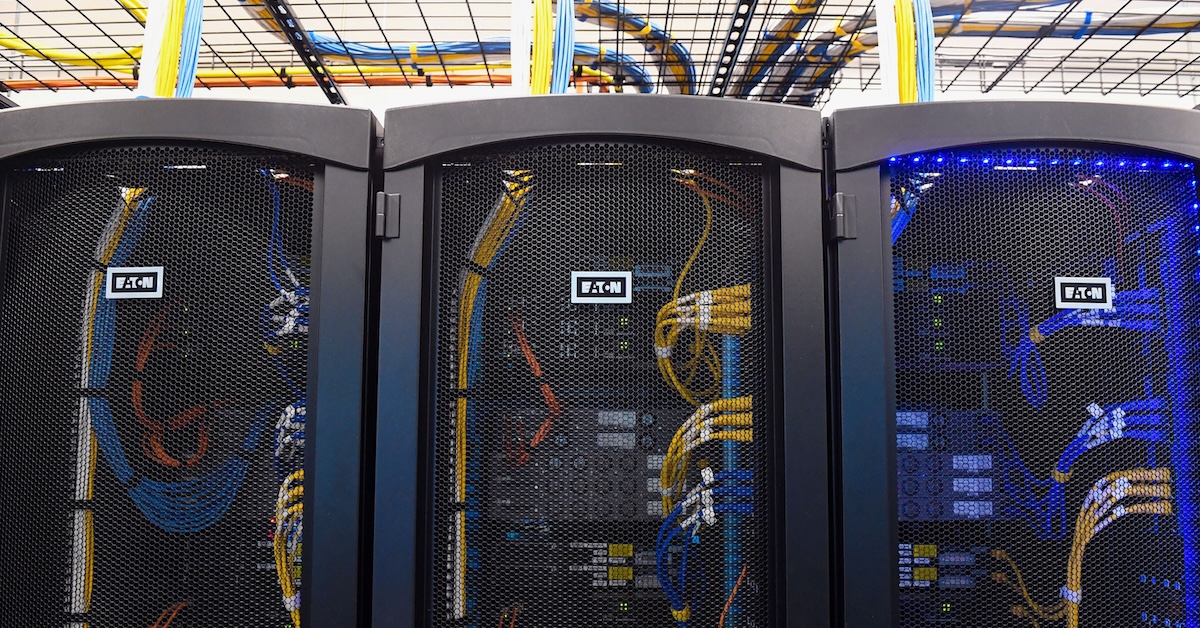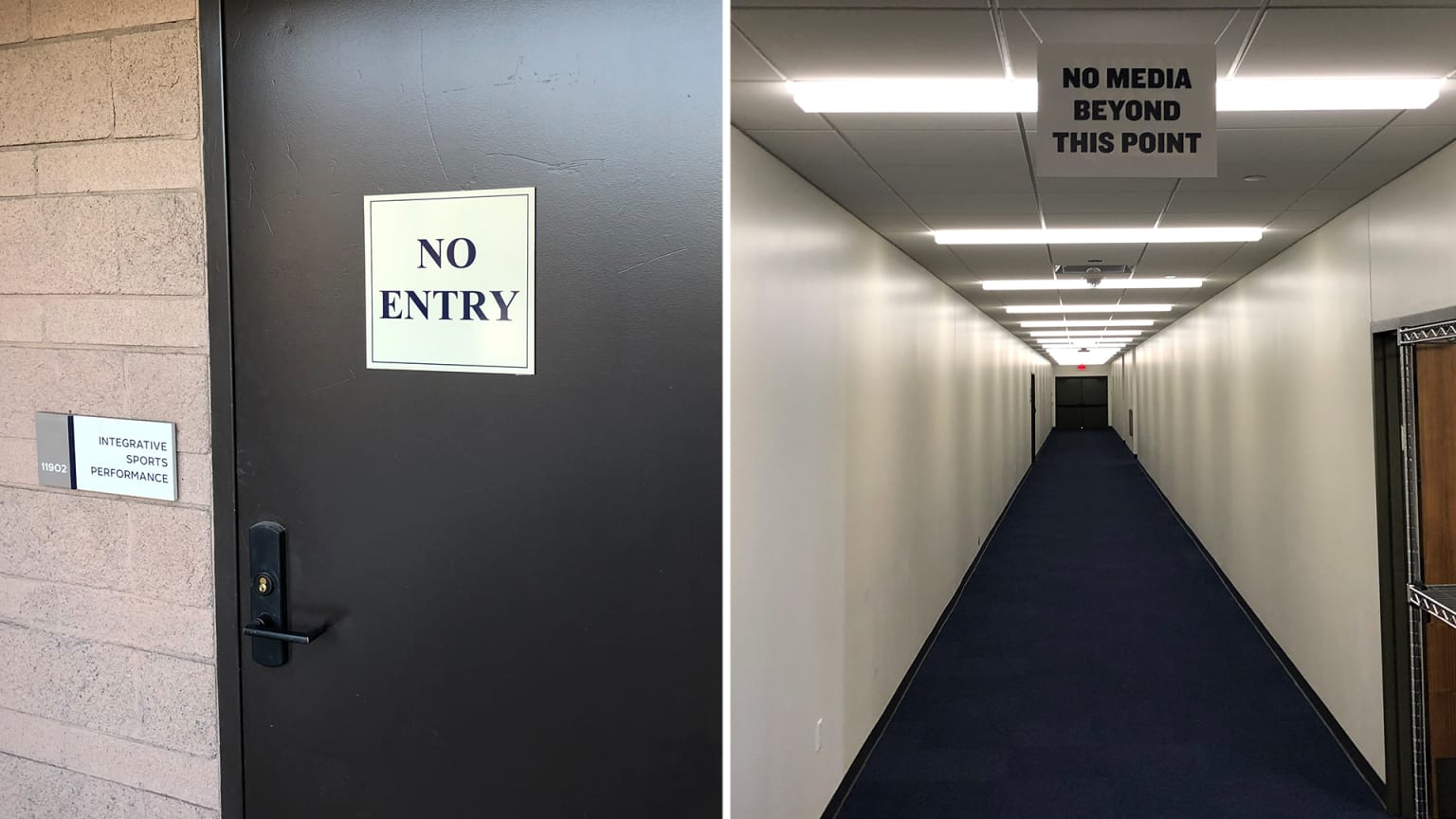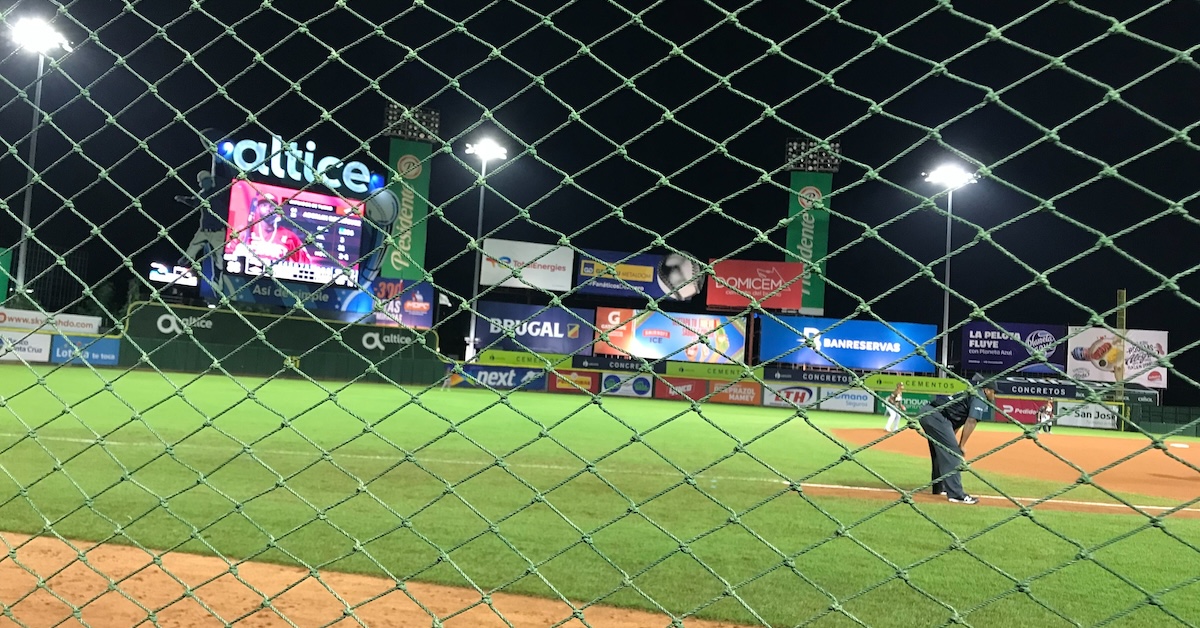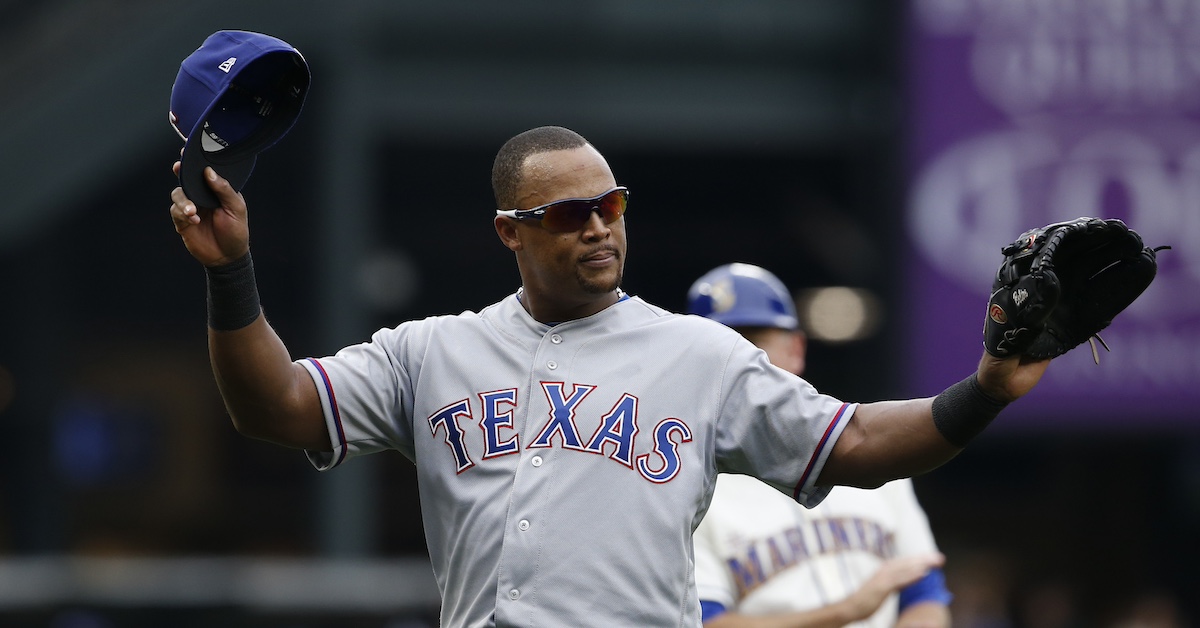Ground Control to the Pentagon: Assessing the Names of MLB’s Proprietary Databases

A couple of weeks ago, Alex Coffey of the Philadelphia Inquirer wrote a profile of Ani Kilambi, the assistant GM who heads up the Phillies’ R&D department. Reading it, one detail immediately jumped out at me: Coffey published the name of Philadelphia’s proprietary database. It’s called Rocky. That’s a fun name, and it follows the league-wide trend of clubs giving their databases names that are both adorable and specific to either their team or city. It was the first time I’d come across the name, even though the article indicated that it had been around for years.
Like many people, I first learned about team databases when it was reported that Chris Correa, then the Cardinals’ scouting director, had illegally accessed Houston’s database in 2015; Correa later pled guilty to five criminal charges related to his unauthorized access. Even before that, though, teams were understandably secretive about the information they used. Milwaukee’s sports science wing is known as The Lab, and the Brewers have made it very clear that they don’t want anyone coming near it. The photos below are from an MLB.com article about The Lab in 2020.

That secrecy often extends to the name of the database. I imagine the thinking is that it’s harder to break into something if you don’t know what it’s called. Still, there was an inconsistency that bothered me. The names of these databases are a closely held secret, yet I already knew a handful of them. I wondered why that was, so I set off on a research marathon to find as many of the names as I possibly could. It took many, many hours, and my list is still not complete. Read the rest of this entry »








